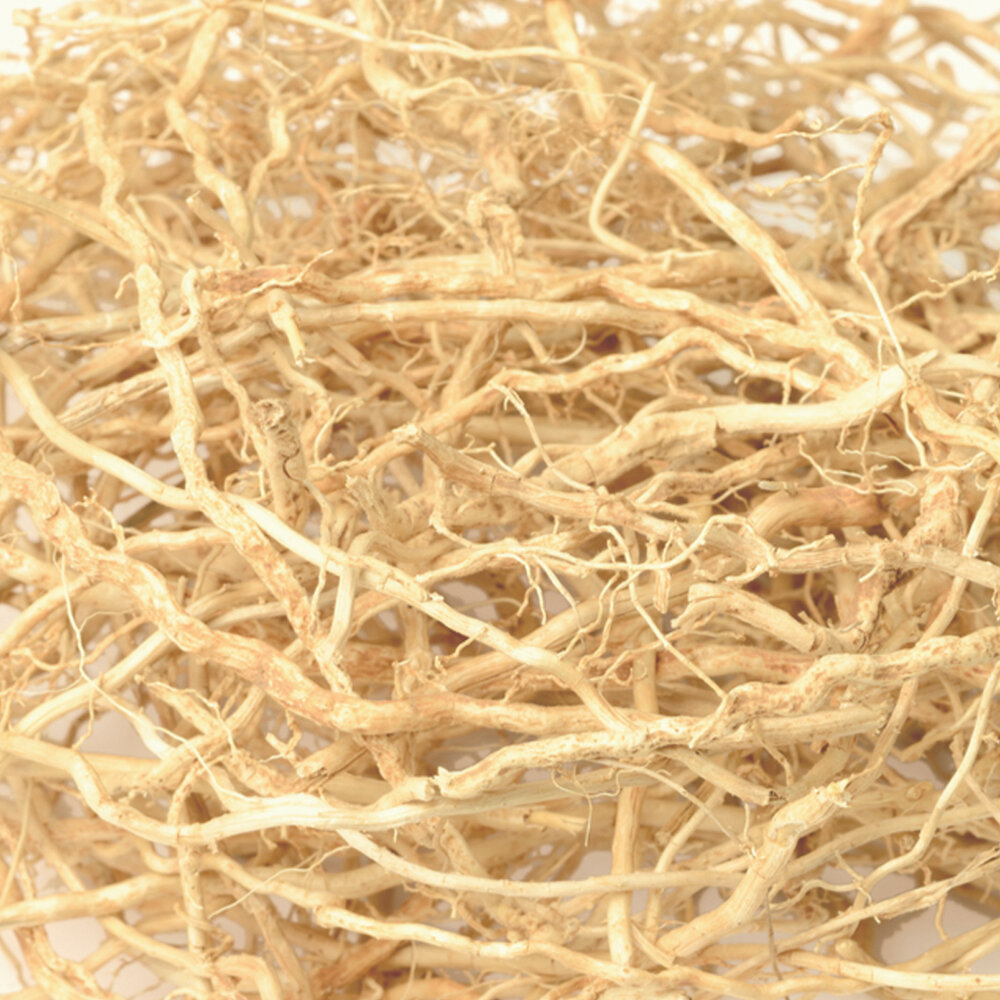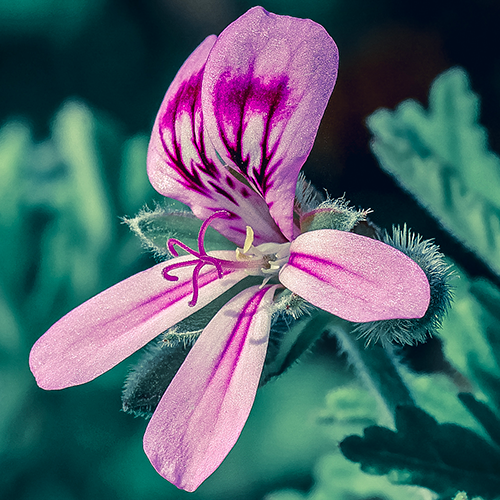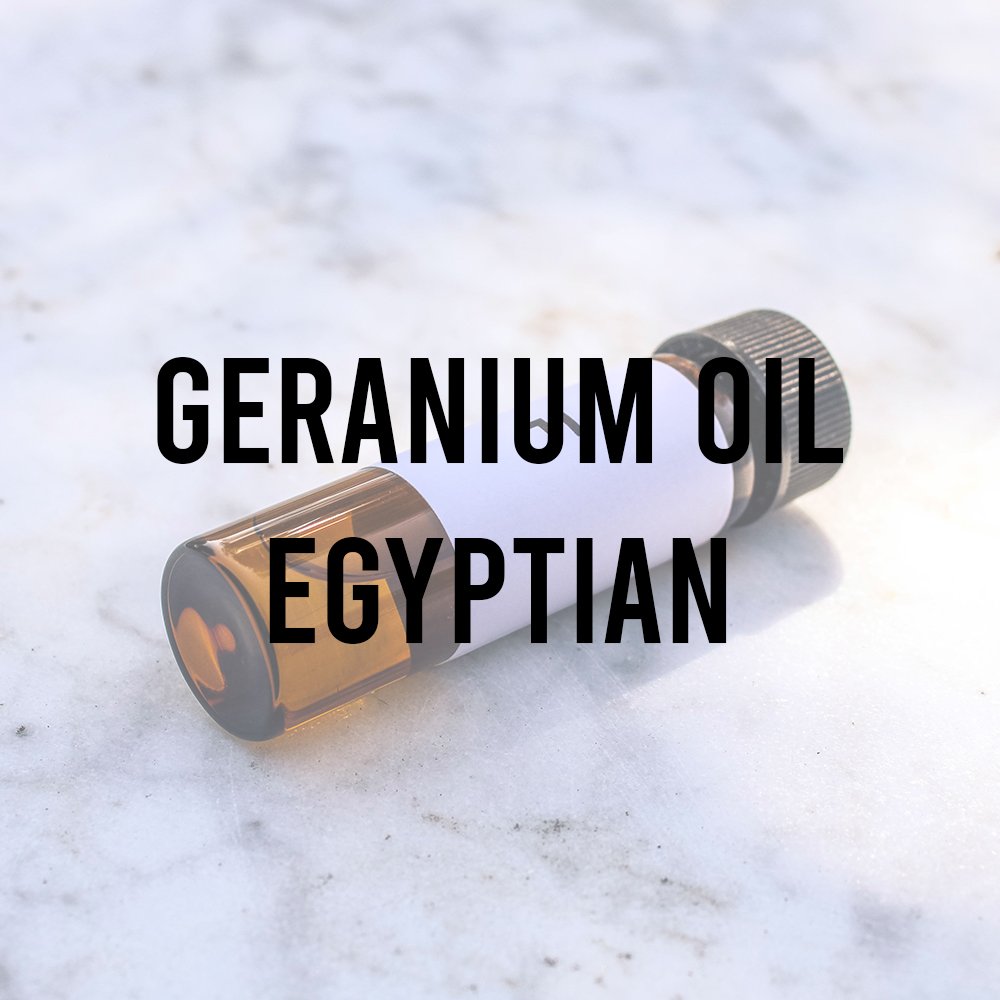 Image 1 of 2
Image 1 of 2

 Image 2 of 2
Image 2 of 2



Cade Rectified EO
Premium Natural Ingredient for Perfumery
Rectified Cade Oil is a natural perfumery material derived from Juniperus oxycedrus wood through destructive distillation followed by purification. Known for its smoky-leathery odor profile, it serves as a base note and olfactory modifier in leather, tobacco, and fougère accords.
After rectification, it retains its atmospheric character while significantly reducing phenolic harshness and PAH content.
Premium Natural Ingredient for Perfumery
Rectified Cade Oil is a natural perfumery material derived from Juniperus oxycedrus wood through destructive distillation followed by purification. Known for its smoky-leathery odor profile, it serves as a base note and olfactory modifier in leather, tobacco, and fougère accords.
After rectification, it retains its atmospheric character while significantly reducing phenolic harshness and PAH content.
Premium Natural Ingredient for Perfumery
Rectified Cade Oil is a natural perfumery material derived from Juniperus oxycedrus wood through destructive distillation followed by purification. Known for its smoky-leathery odor profile, it serves as a base note and olfactory modifier in leather, tobacco, and fougère accords.
After rectification, it retains its atmospheric character while significantly reducing phenolic harshness and PAH content.
Technical Ingredient Overview
🌎 Origin — Various (France, Morocco, Spain)
🔎 Chemical Name — Cade Oil Rectified
🧪 Synonyms — Juniper Tar, Betula Alba Tar, Rectified Cade Oil
📂 CAS — 8013-10-3
📝 Odor Type — Smoky, leathery, phenolic
📈 Odor Strength — Very strong
👃🏼 Odor Profile — Burnt wood, tar, ash, leather, dry pine
⚗️ Uses — Base note, leather and fougère accords, smoky effects
🧴 Appearance — Dark amber to pale yellow liquid (post-rectification)
Historical Context
Cade oil, derived from the Juniperus oxycedrus tree (prickly juniper), boasts a long and rich history of use across the Mediterranean basin, particularly in France, Spain, Morocco, and Algeria. Long before its inclusion in perfumery, it was used for its medicinal, antiseptic, and keratolytic properties. Historical texts cite its applications in the treatment of psoriasis, eczema, scabies, and chronic skin infections (Lawless, 1995). In rural communities, especially in Provence and the Languedoc region, cade oil was applied topically in salves or shampoos for lice and dandruff, and used by veterinarians to treat hoof rot and mange in livestock (Tisserand & Young, 2014).
Cade oil was included in the French Codex and other 19th-century pharmacopoeias under the category of tar oils, often grouped with birch tar and coal tar for their antiseptic actions. However, unlike those materials, cade had the benefit of botanical origin and was more widely accepted in traditional medicine and artisanal soapmaking. It also held a ritualistic and symbolic role in some rural cultures, where it was burned as a fumigant to purify the home, protect against disease, or drive out evil spirits.
The transition from pharmaco-medical use to perfumery occurred gradually in the late 19th and early 20th centuries. Early perfumers found that when properly rectified, cade oil could evoke leather, smoke, and firewood—qualities that were both rugged and deeply atmospheric. It became a key material in the evolution of fougère and leather accords, and later reemerged in niche and experimental perfumery for its power to conjure forest fires, charred wood, and burnt herbs.
Production Method
The production of Cade Oil Rectified begins with destructive distillation (pyrolysis) of the heartwood and roots of Juniperus oxycedrus. Unlike steam distillation, pyrolysis involves heating the wood in the absence of oxygen—typically in sealed iron or steel retorts at temperatures between 400–600°C. The heat breaks down complex organic molecules into a mixture of phenols, cresols, guaiacol, hydrocarbons, and other volatiles (Arctander, 1960). The raw condensate is a thick, smoky tar oil, dark brown to black, pungent, and rich in irritant compounds.
This crude oil is not suitable for perfumery use in its raw state. It contains significant quantities of polycyclic aromatic hydrocarbons (PAHs), as well as phenolic compounds like creosol, cresols, and guaiacol, many of which are potential skin sensitizers or carcinogens.
To produce a rectified perfumery-grade oil, the crude cade undergoes:
Fractional distillation, often under reduced pressure, to separate the more volatile fragrance components from the heavy tars
Solvent washing or chemical neutralization to remove acid-sensitive residues and reduce phenolic harshness
Vacuum stripping to reduce PAH content to levels compliant with IFRA and EU cosmetic safety guidelines
The resulting rectified cade oil retains the essential character of smoke and dry woods but is significantly cleaner, more refined, and safer for use in perfumery. It can be pale yellow to amber in color, with much reduced sharpness and phenolic bite.
Artisanal producers, particularly in southern France and Morocco, may still carry out small-batch rectification using traditional techniques, producing oil of exceptional aromatic quality, often reserved for niche or heritage perfumery.
Olfactory Profile
Odor Description: Smoky, leathery, tar-like, dry woody, with nuances of ash, charred pine, and dark earth
Volatility: Base note
Tenacity: Very strong
Character: Intense, atmospheric, rugged, evokes fire, wilderness, and old leather
“Smoky and phenolic… resembling burnt cedarwood and pine tar.” – Arctander, 1960
Applications in Perfumery
Cade oil rectified is used in:
Leather and birch tar-style accords
Fougère bases, especially masculine and vintage reinterpretations
Tobacco, smoky, and incense themes
Campfire, forest fire, or fireplace olfactory concepts
As a trace element in amber and woody-animalic blends
Typical usage: ≤0.5% for impact and compliance.
IFRA Status and Safety Considerations
IFRA: Restricted – subject to maximum usage limits due to the presence of phenolic compounds and PAHs
Max concentration (Category 4, fine fragrance): ~0.3–0.5%
Hazards:
Skin sensitizer (H317)
Contains guaiacol, cresols, phenols
Phototoxicity: Not phototoxic, but only rectified grades should be used in fragrance
Crude cade oil is not recommended due to potential carcinogenic impurities. Use only IFRA-compliant, rectified versions.
Environmental & Sustainability Aspects
While Juniperus oxycedrus is not endangered, uncontrolled harvesting can affect biodiversity and soil retention in Mediterranean habitats. Sustainable sourcing and forest stewardship are essential. Traditional producers in France and North Africa often use controlled coppicing to reduce ecological impact.
Rectified cade oil is typically produced in small batches with traceable origin and is increasingly favored by artisanal perfumers for its unique character and historical legacy.
References
Arctander, S. (1960). Perfume and Flavor Chemicals (Aroma Chemicals). Montclair, NJ: Author.
Burdock, G. A. (2010). Fenaroli’s Handbook of Flavor Ingredients (6th ed.). Boca Raton, FL: CRC Press.
ECHA. (2024). Cade Oil – Substance Information. European Chemicals Agency. Retrieved from https://echa.europa.eu
Lawless, J. (1995). The Illustrated Encyclopedia of Essential Oils. Shaftesbury: Element Books.
Sell, C. S. (2019). The Chemistry of Fragrances (3rd ed.). Cambridge: Royal Society of Chemistry.
Tisserand, R., & Young, R. (2014). Essential Oil Safety: A Guide for Health Care Professionals (2nd ed.). Churchill Livingstone.
IFRA. (2023). IFRA Standards – Amendment 51. International Fragrance Association. Retrieved from https://ifrafragrance.org
Image courtesy of Amadej Trnkoczy via Flickr





